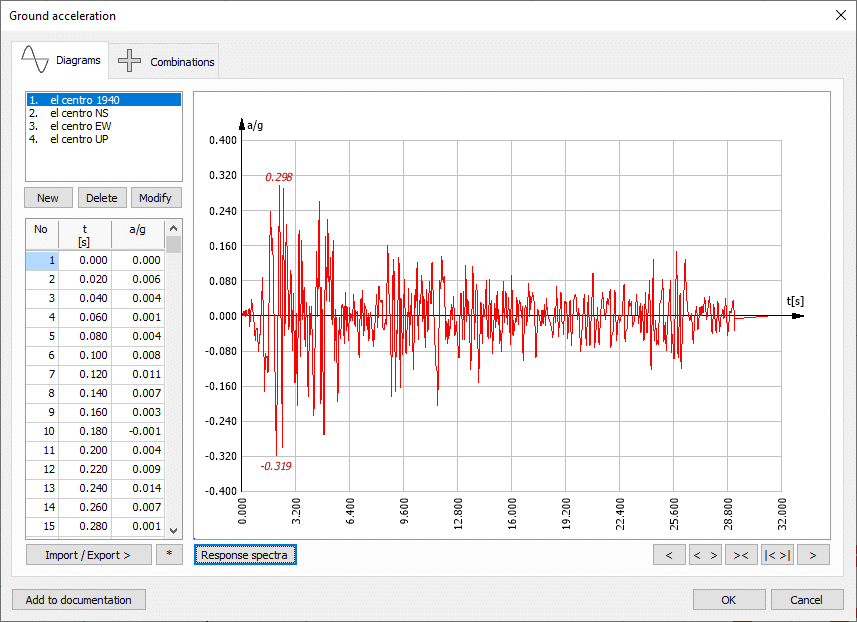In the field of civil engineering and construction, dynamic load analysis is a critical aspect that cannot be neglected. One method for studying the behavior of structures subjected to time-dependent forces is time history analysis. This powerful technique allows engineers to accurately assess the response of a structure under the influence of real dynamic events such as earthquakes, storms or industrial vibrations.
What is a time history analysis?
Time history analysis is a numerical simulation method used to predict the dynamic response of structures, considering the actual time-dependent loads acting on them. In contrast to simplified static analysis, which assumes that loads act immediately and remain constant, the changing nature of forces over time is taken into account.
The most challenging part is developing the time history curve for the analysis. Variation of ground acceleration is necessary for analysis. This could be developed for countries that have the relevant data. However, countries that have no experience with earthquakes would have to use the curves developed by other countries.
The process of analyzing time history
When conducting a time history analysis, engineers follow a systematic approach that includes several important steps. Let's take a look at each step in this process:
- Definition of dynamic loads: The first step in this type of analysis is to identify and characterize the dynamic loads that the structure will suffer. This may include seismic records, wind profiles or other relevant time-dependent forcings.
- Developing a mathematical model: Engineers then create a mathematical model of the structure using sophisticated software tools. This model must accurately represent the physical properties and behavior of the structure in question.
- Selecting time history recordings: Time history analysis is based on data recorded from real dynamic events. Engineers carefully select appropriate historical time records that are as close as possible to the characteristics of expected load conditions. These records are then applied to the mathematical model.
- Structural reaction simulation: Once dynamic loads are applied, the software performs a numerical simulation to predict the structural response over time. This requires solving a series of differential equations that determine the movement and balance of the structure.
- Structural performance assessment: Analysis results provide valuable information about how the structure behaves under dynamic loads. Engineers evaluate various parameters, including displacements, accelerations, stresses and internal forces, to evaluate structural performance and identify any problem areas.
- Design optimization: Based on the results of time history analysis, engineers can make informed decisions to optimize the design and improve structural performance. This may include adjusting material properties, changing the structural configuration or implementing additional strengthening measures.


Advantages of Time History Analysis
It offers several advantages over simplified methods and is, therefore, an important tool in the analysis and design of structures subject to dynamic forces. Here are some of the main benefits:
- Realistic representation: By taking into account variations in loads over time, time history analysis provides a more accurate representation of the actual behavior of structures. This allows engineers to better understand the dynamic response and identify potential vulnerabilities.
- Safety assessment: Dynamic events such as earthquakes can pose significant risks to the safety of structures. Time history allows engineers to evaluate a structure's performance under extreme load conditions, ensuring its safety and durability.
- Design optimization: Over time, engineers can iteratively refine a structure's design to improve its performance. By evaluating different scenarios and considering the dynamic response, they can make informed decisions to achieve an optimal design solution.
- Compliance with regulations and standards: Many building regulations and standards require that dynamic loads be taken into account in the design process. Using time history analysis, engineers can meet these requirements and ensure structures meet required codes.

